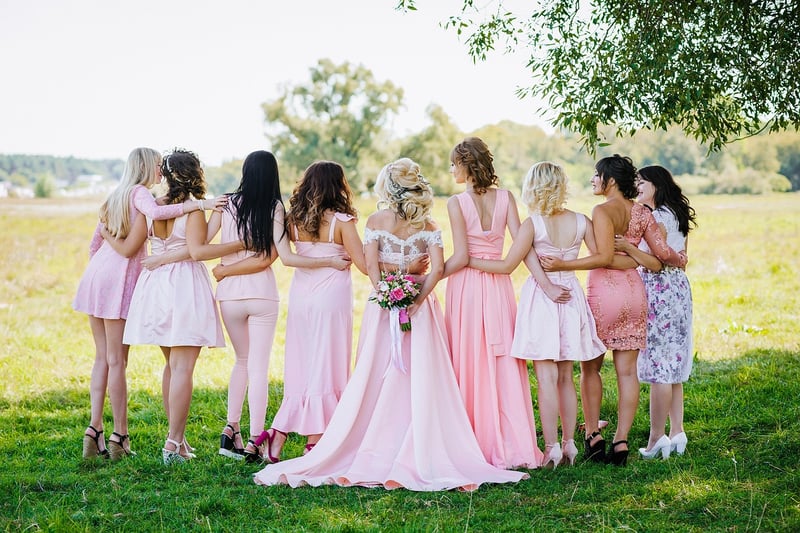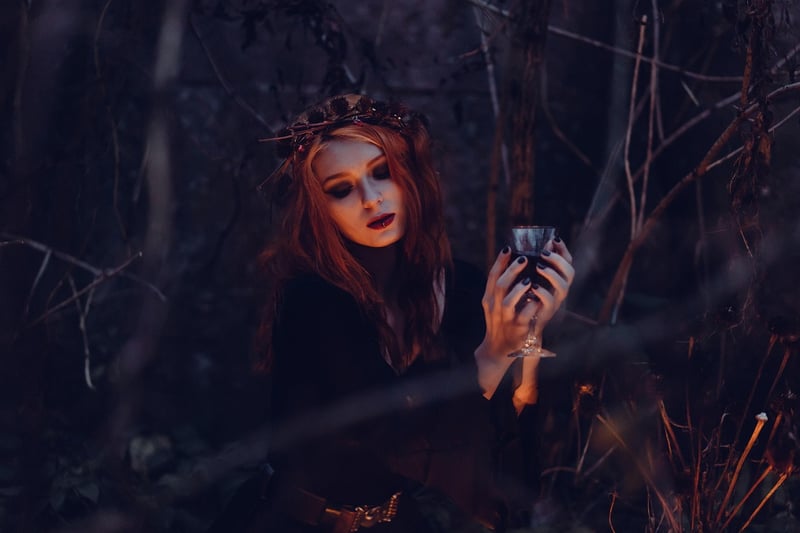Ceremonial Details
Designing Meaningful Rituals
Introduction
Creating rituals can add depth and significance to important events in our lives. Whether it's a wedding, a birthday celebration, or a graduation, incorporating meaningful rituals can elevate the experience and create lasting memories.
Why Rituals Matter
Rituals provide a sense of continuity, connect us to our past, and help us navigate life transitions. They can also foster a sense of community and belonging, bringing people together in shared experiences.
Steps to Designing a Ritual
- Identify the Purpose: Determine the reason for the ritual and what you hope to achieve.
- Choose Symbolism: Select symbols or actions that resonate with the participants and the occasion.
- Create Structure: Plan the sequence of events and how each element will unfold.
- Involve Participants: Encourage active participation to enhance engagement and connection.
- Reflect and Refine: After the ritual, reflect on what worked well and what could be improved for future rituals.
Ceremonial Details
Setting
The setting of a ritual can greatly impact its effectiveness. Choose a location that is meaningful or symbolic for the participants.
Music and Chants
Music and chants can add an emotional depth to the ritual. Select songs or chants that resonate with the theme of the event.
Decor and Altar
Decorate the space with items that hold significance or represent the theme of the ritual. An altar can serve as a focal point for the ceremony.
Attire
Encourage participants to dress in a way that honors the significance of the occasion. This can create a sense of unity and respect.
Conclusion
Designing meaningful rituals and paying attention to ceremonial details can transform ordinary events into extraordinary experiences. By incorporating symbolism, structure, and meaningful elements, rituals can leave a lasting impact on participants.

For more inspiration on designing rituals, check out Ritual Design Lab.
